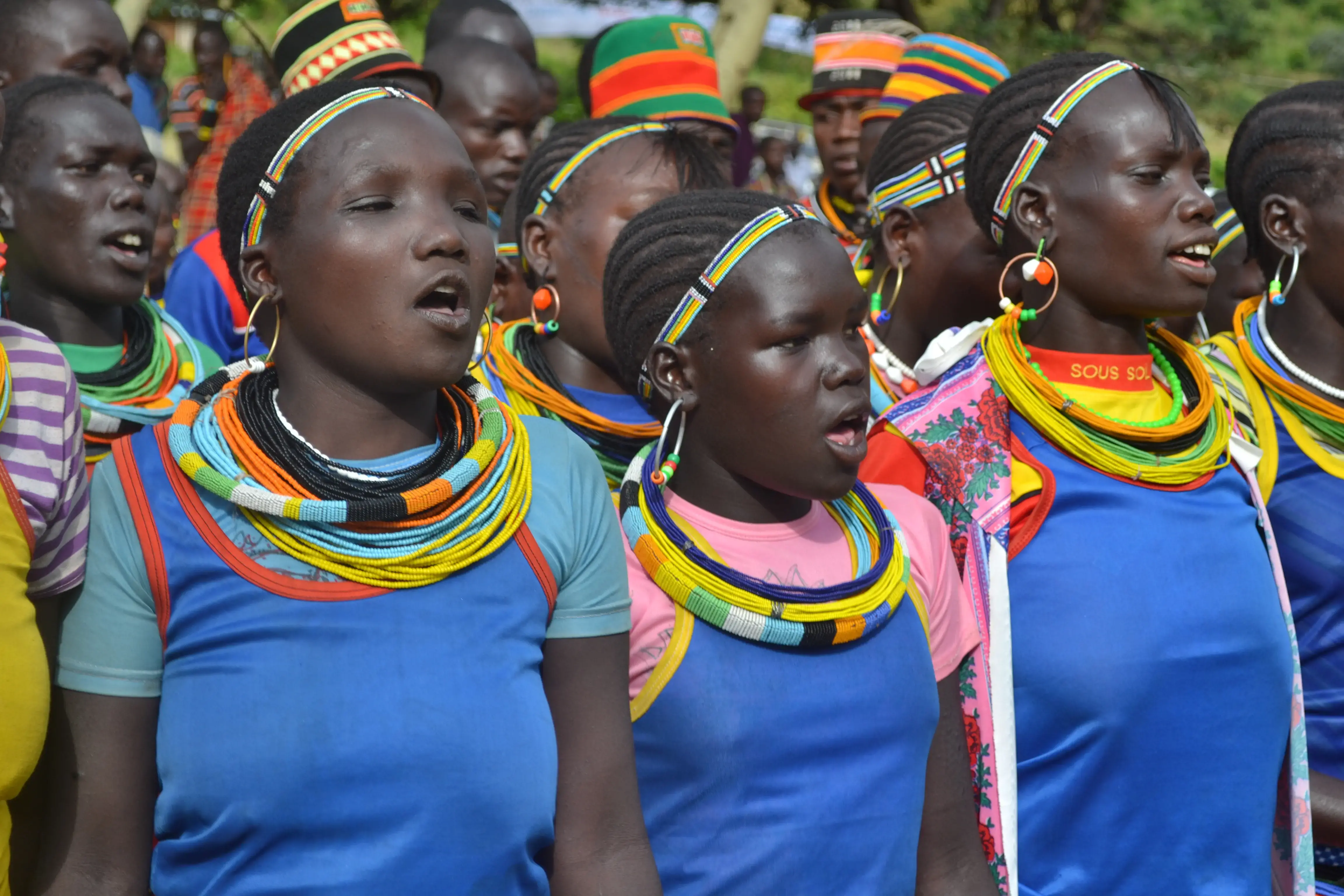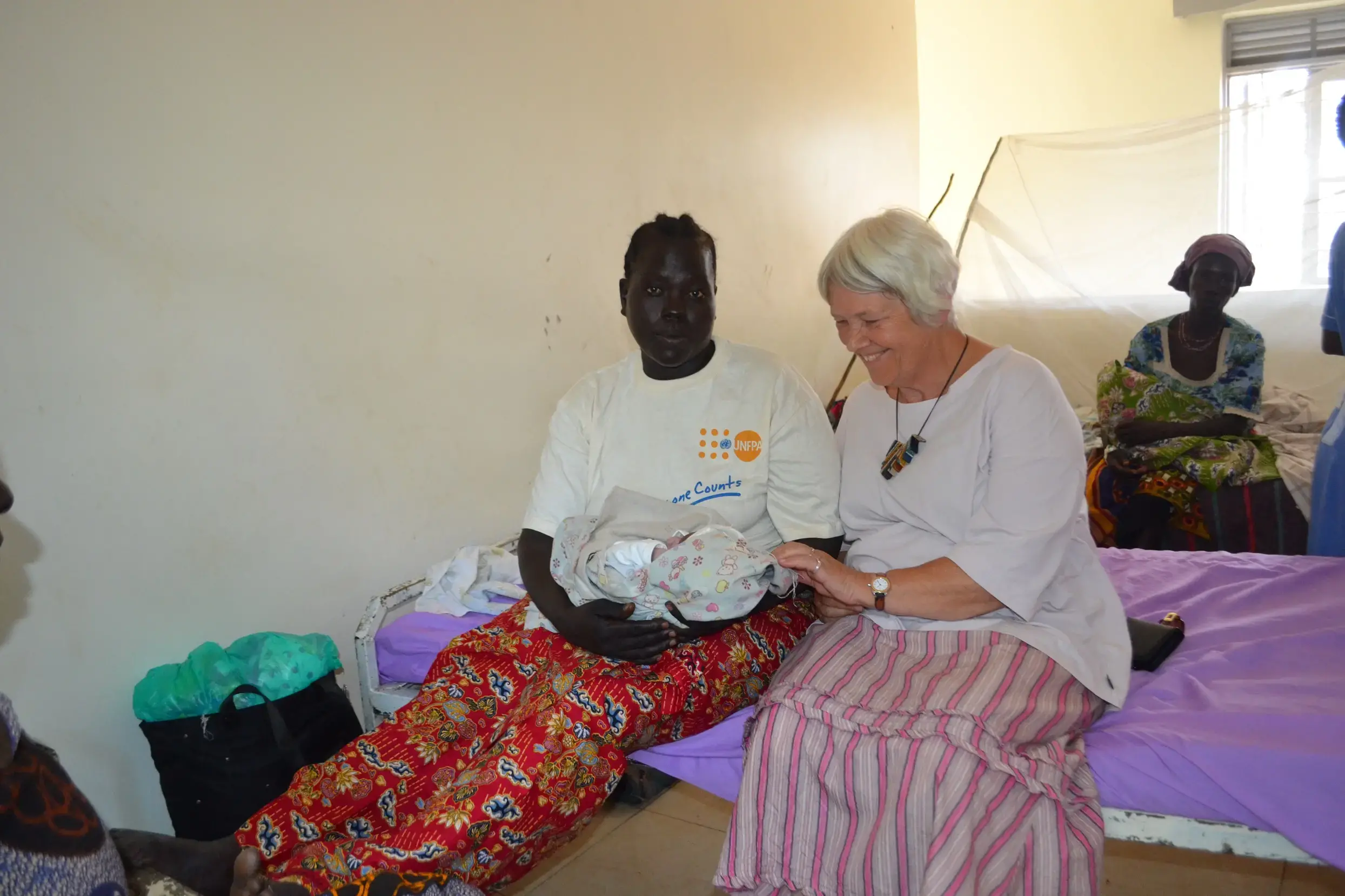The Maama Kit is now a standard kit for clean, safe delivery in Uganda and has become a household name. The MOH has included it in the equipment credit line for procurement by all districts. The issue is what is the origin of Maama kit?
In September 1996, while I was attending a course on Empowerment, Health Management and Leadership skills in Reproductive Health in Machakos, Kenya, course participants were requested to develop a concept paper for a project that they would implement after the course that would make a difference in the lives of the population in their countries.
Coming from Uganda I knew that the Maternal Mortality Ratio (MMR) was unacceptably high at 505/100,000 live births; although over 90% of women attend antenatal care services(ANC) at least once, only 38 % deliver in health facilities with a skilled provider, while many are delivered by either traditional birth attendants (TBAs), relatives or deliver alone; the prevalence rate of HIV among the antenatal care clients was very high at over 30 %; and there was also a high prevalence of neonatal tetanus due to unhygienic management of the cord of the newborns.
Due to shortage of resources,women who reported to health facilities for normal delivery were instructed to buy and provide basic items for delivery including surgical gloves, plastic sheets, cotton wool, gauze, cord ligature, razor blades, soap etc. before they could be managed. Considering that most of the people are very poor, and live in the rural areas where there are no drug shops or pharmacies, finding the essential items was problematic and because of failure to avail the items, many women opted to deliver at home.
My concept paper was therefore for a project to design a basic delivery kit that would be accessible, affordable and available for pregnant women so that those who deliver outside health facilities or with TBAs would be assured to have a clean and safe delivery. The same kit could also be used for normal delivery in health facilities when the basic items were not available. I wanted to make a contribution in the fight against HIV by reducing the exposure of women and service providers to HIV during delivery,sepsis for the mothers and the risk of eye infection and tetanus infection of newborns by ensuring the use of clean surface and tools for cutting and tying the cord.
The kit would consist of a two metre piece of plastic sheet for the pregnant woman to lie on during labour and delivery, half a metre of plastic sheet to provide a clean surface for placing the items being used, two pairs of surgical gloves; a piece of soap for washing hands, a roll of cotton wool for cleaning the vulva, a new razor blade for cutting the cord, two pieces of thread or tape for tying the cord, two packs of gauze for cleaning the baby’s eyes, and a packet of sanitary pads for the mother.
Since “mama” is the name for “mother” in almost all Ugandan languages l decided to call it “Mama Kit”. It was later modified to “Maama kit” to suit the bantu language.
After the course I developed a proposal to assemble the above items, sensitized stakeholders to make them available for sale at a subsidized rate to pregnant womenespecially in rural areas and looked for funding.
Dr Hatib Njie who was the World Health Organization (WHO) Country Representative at that time was very receptive. He immediately mobilized and availed some funds. The production of the Maama kit was started in 1997 by some women groups and they were distributed to districts where WHO had an ongoing Safe Motherhood project. The districts were Soroti, Kaberamaido, Lira, Masindi, Bundibugyo, Mukono, Gulu and Mubende.
The District Health Visitors were entrusted to distribute the kits to health facilities so that pregnant women attending ANC would be sensitized to save and buy the kits at a nominal fee. This money would then be used by the district to buy additional kits when they were finished. At that time the Maama kit was worth shillings 5,000.00 (five thousand shillings)which was still too expensive for most women.
When the USAID project DISH 1 &2 was operational, it also supported the production and distribution of Maama Kits to the districts where they were operating. There was an addition of tetracycline eye ointment for the prevention of neonatal eye infection to the kit.
At the Regional level, World Health Organization, Africa Regional Office (WHO AFRO) recognized this as a best practice and promoted its adoption by other countries.Maama kits now are available in DRC and South Sudan especially in Emergency situations.
In Uganda, however the MOH in 2004 adopted the Maama Kit as a basic kit for normal delivery and it isincluded in the equipment credit line for procurement by all districts from National Medical Stores. The kits are issued free of charge to pregnant women during Antenatal Care attendance and some districts including Mubende district where there are Maama Kit promoters, report a high attendance of ANC and delivery in health facilities due to the availability of Maama kits.
There are also many agencies that are supporting this initiative by assembling and distributing them to the districts. These are WHO, UNFPA, UNICEF, USAID, Pathfinder and PSI. Additional items have been included in the kit.
Although I do not have a copyright for the kit, I have concerns about the quality and content of the different kits, because I would like to ensure a high quality product for the women of this country.
As the innovator of the initiative, I am very excited and happy that my vision has been fulfilled and my idea has been accepted by the MOH of Uganda and WHO AFRO. I am sure it will make a contribution towards the attainment of the Millennium Development Goals of Universal Access to Sexual and Reproductive Health for the improvement of the health of mothers and children in Uganda. I appeal to the all women and men to take advantage of this national asset.
Meet Uganda's Very Own MamaKit Innovator
Dr. Florence Oryem-Ebanyat hails from Gulu District, the second female doctor from Acholi Sub-Region. She had her primary education in Gulu Primary School, Gulu District where she was the best candidate in PLE in 1960for Acholi District. She had her Junior Secondary education in Bubulo Girls High School in Mbale District, and Senior Secondary education in Gayaza High School, Wakiso District, where she was awarded a Scholarship from King George VI of England. She obtained a Bachelors Degree in Medicine and a diploma in Public Health from Makerere University Kampala. She is also a holder of a Master’s degree in Public Health from the Johns Hopkins University, USA and Certificate in Health Economics. She is a fellow of the University of North Carolina in Chapel Hill, N.C,USA. She worked in Jinja and Mbale hospitals and later Mbale Municipal Council as the Medical Officer of Health. She was also an Assistant Commissioner for Health Services in charge of Reproductive Health Programme in the MOH Kampala, Uganda; worked with the World Health Organization for two years as the Chief Technical Adviser for Reproductive Health for the Ministry of Health of Malawi; worked as UNFPA Technical and Programme Adviser for RH/MH for Southern Africa ( 15 countries)based In Harare, Zimbabwe and later for UNFPA Arica Sub Regional Office for Eastern and Southern Africa (23 countries) based in Johannesburg, South Africa, where she also doubled as the Officer in Charge for one yearin 2009 when the office was being set up. She retired in April 2012 and is currently managing her business in Gulu.
She is married and a mother of 2 girls and 2 boys. The first 3 children are holders of Masters Degrees in Environmental Science and Business Administration while the baby is now a second year post graduate student of Public Health in Maryland University, MD in USA.




